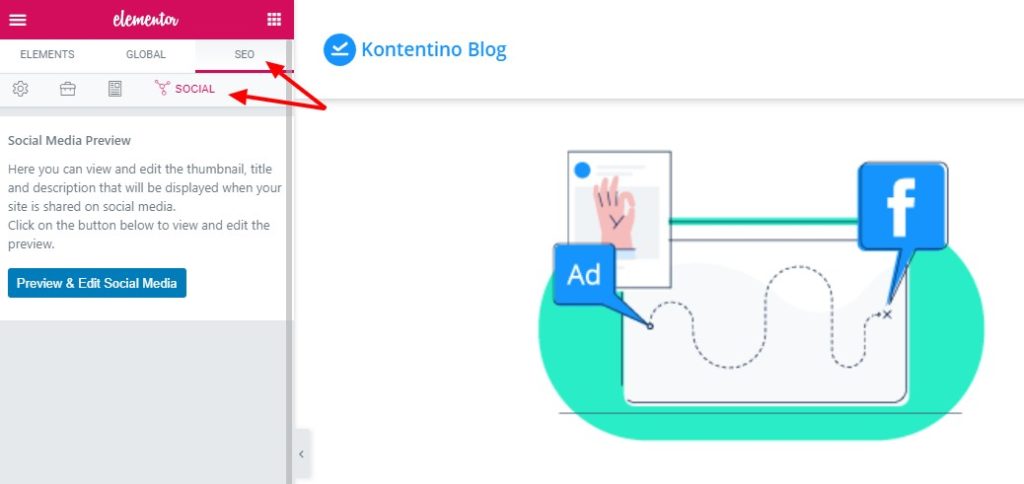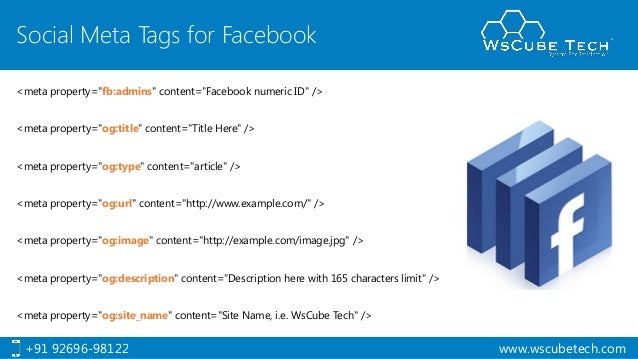

This works analogically with Twitter meta tags, too. If you do not include these Open Graph (og) meta properties, Facebook will still display the information about your blog post but probably not in the way you’d want it to. If the Facebook meta tags (=Open Graph meta tags) are present, you determine what’s being displayed in the Facebook post.
#Sharing social media meta data image size code#
You can control what they pull from the post by including social media meta tags (for example open graph tags) in the html code of your posts. Facebook, Twitter and other social media platforms get these parameters from your website. You’d like it to contain a quality image, correct name, description, and URL. When sharing an article link, you want your post to look nicely when published on social media.


og:image – An image URL which should represent the object within the graph.og:title – The title of the object as it should appear within the graph.Also, these tags enable a web page to become a rich object in a social graph. So to be specific about the content that need to be shared or to be picked by the crawler’s of social sites we can set their specific meta tags.įor example Facebook uses open graph meta tags, which their crawler first see’s to obtain the information about a page being shared over facebook from a particular user’s site or a non-Facebook site. In that case, sometimes random content gets shared about a page which was not expected. So, one can set these tags’ content and decide what the crawler should extract from this page instead of fetching information by its own based on their particular algorithm for fetching information from the page when no meta tags are present. Social meta tags allow social site’s crawler to extract the information about the page when it’s being shared, liked or recommended. Meta tags also play an important role in the field of marketing research known as search engine optimization(SEO), where search engines like Google gives sites better ranking based on the presence of meta tags. They are used to specify page description, keywords (for search purposes), author information or any other metadata giving additional information about the page. They must be declared within head section of the web page only.

Meta tags in HTML documents provide metadata/information about a web page, or the content it contains.


 0 kommentar(er)
0 kommentar(er)
